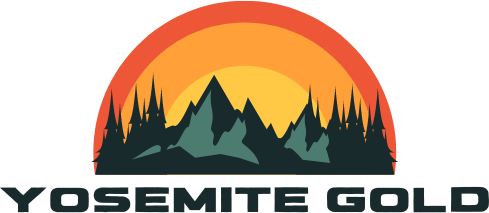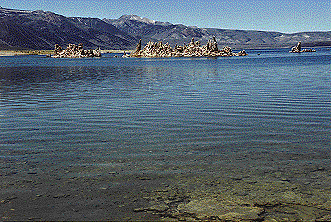MONO LAKE
Mono Lake is located just off Highway 395 … 13 miles east of Yosemite National Park, near the town of Lee Vining, California. Access to 395 from the park is easiest via Highway 120 over the Tioga Pass. A reminder though, Tioga Pass is closed during the winter and, usually, most of the spring.
Mono Lake is unique. For starters, it’s old–at least 700,000 years old and one of the oldest continuously existing lakes on the continent. Fed by huge glaciers during the last Ice Age, Mono Lake was 60 times larger than the 66 square miles it covers today.
Mono Lake is naturally salty and alkaline because it has no outlet. The only way water leaves is via evaporation. The Sierra streams that flow into Mono contain only trace amounts of minerals and salts but those minerals and salts stay and their concentrations, over the years, grow.
The City of Los Angeles, hundreds of miles to the south, has been diverting water from the Mono Basin since 1941. That diversion has cut the lake volume in half and has doubled its alkalinity and salinity. An extended court fight has finally stopped the water diversion and Mono Lake is once again growing–albeit slowly.
Mono Lake is a geologist’s paradise. It is ringed by volcanoes–new and old. Two of the islands on the lake are volcanic domes. No area volcanoes are active at the moment but the area shows many signs of potential eruptions.
Perhaps the most intriguing of Mono Lake’s phenomena are the tufa (pronounced “toofah”) towers visible along much of the shoreline. Tufa are made from calcium carbonate which makes its way into the lake from underground springs. The calcium and carbonate combine to form limestone which builds up over time around the lake bottom spring openings. Declining lake levels have exposed the tufa towers we see today. Some of these tufa towers are up to 30 feet high.
Upon first glance, it would seem that Mono Lake is lifeless. Far from it, Mono supports a simple but amazingly productive food chain. At the bottom of that chain are microscopic, single-celled algae. The algae serves as food for two other species–brine shrimp and brine flies which, in turn, serve as the major food source for literally millions of water birds. It’s estimated that some 85% of California’s seagulls started their life here at Mono Lake. There are at least 80 species of water fowl that call Mono Lake home.
The Mono Basin Scenic Area Visitor Center is a great place to start your visit to this area. The center is located just off Highway 395, north of Lee Vining and includes exhibits about both the natural and human history of the Mono Basin. Visitor center staff will also help you plan your explorations of this great region. The phone number for the visitor center is 760.647.6331.
Mono Lake and the adjacent basin are open for year-round recreation. Hiking, swimming, boating, bird watching and photography are very popular outdoor activities.
Looking for a place to stay in the area? Lake View Lodge in nearby Lee Vining is convenient to both Mono Lake & Bodie.

